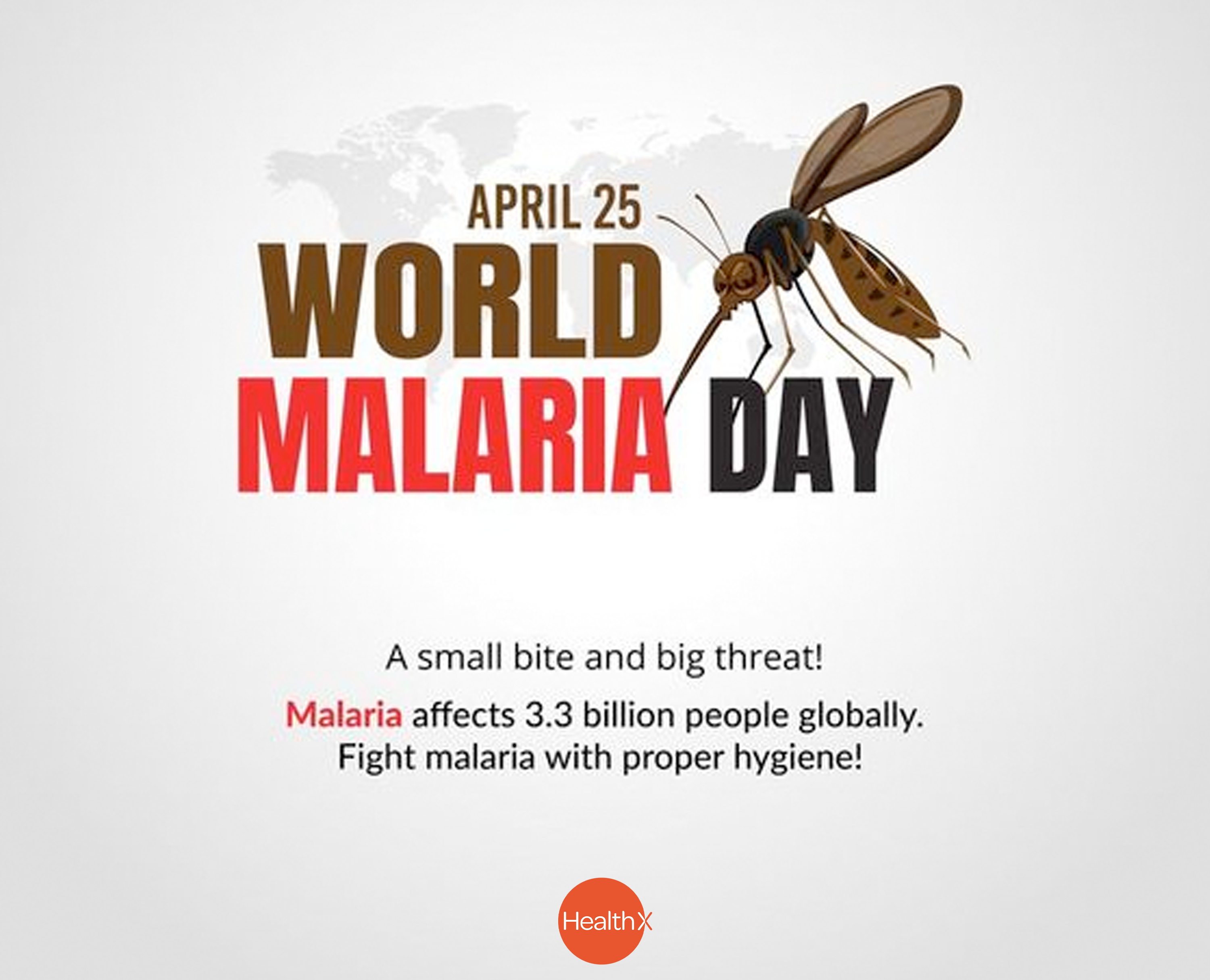END PREVENTABLE Maternal deaths NOW!
In the recent past, social media has been abuzz with stories of childbirth ending tragically. It is ironical that these deaths are happening in urban hospitals that


In the recent past, social media has been abuzz with stories of childbirth ending tragically. It is ironical that these deaths are happening in urban hospitals that are expected to be the epitome of top-notch healthcare in Kenya. What is even more heartbreaking is that these deaths are preventable. While these are incidences that come to light because of social media, there are thousands of cases that go unnoticed. For how long will we witness this scenario yet the solutions to maternal death are well known?
When Maureen Tata, 26, broke her pregnancy news to her sister Phyllis Imatata, both were excited that soon they will have a new member in their family. Since none of them had previous pregnancy experience, they immediately visited a hospital just to make sure Maureen and her unborn baby were safe.
They had heard and read stories of mothers who die while giving birth and they, therefore, never wanted to take any chances. This saw Maureen religiously attend her antenatal clinics and other regular medical check ups. The pregnancy progressed well to full term. When Maureen felt the first signs of labour pain, she immediately went to the hospital hoping she will come back safe and sound, holding her bundle of joy.
“It was at night when Maureen woke me up saying she was experiencing labour pains. I straightaway took her to a mission hospital along Thika Road. But after examination, the doctor told us that the baby was still ‘far’ and that was just but normal pain and asked us to go back home. This was despite the fact that my sister had passed her due date,” says Phyllis.
Nonetheless, they went back home. Two days later, the labour pains came back. This time round, they were severe hence they opted to seek help at the nearest medical centre, which was another mission hospital in Kasarani Estate. Although their decision was much informed by her condition, Maureen had attended all her antenatal clinics in the same hospital. At this time, Maureen, a marketer with an insurance company, was feeling weak. Upon arrival, the doctor on duty took her to the theatre for an emergency caesarian section (CS).
The following morning when Phyllis got a chance to see Maureen, she was thankful that the CS had been successful and that mother and baby were doing well. Maureen had even christened the child. Phyllis spent the night with Maureen in hospital and thus did not visit her all day but instead sent a family friend to check on her. When Phyllis went to visit her sister in the evening, she suspected something was amiss when she noticed blood in her catheter. She informed the nurse who said they were aware and were working on it.
Phyllis was surprised when she visited her sister the following day only to find her condition was not any better. Her body was swollen all over. She shared her concerns with the nurses and they assured her all will be well. Her efforts to speak to the doctor who attended to her sister were fruitless. She called her mum to give her the grim news and immediately embarked on the journey from Eldoret to Nairobi, arriving in the evening. Mother and daughter headed straight to the hospital to find Maureen’s conditioned had deteriorated. She could hardly talk.
Whatever was ailing Maureen, it was obvious this hospital was not managing and she was immediately transferred to Kenyatta National Hospital at the insistence of Phyllis and her mother. Unfortunately it was too little, too late. She was admitted into the
Intensive Care Unit (ICU) and died the following day, leaving behind a three-day-old girl. The baby is now six months old and lives with Maureen’s mother in Eldoret.
Although Maureen’s case was taken to the Senate committee on health where the hospital was summoned to shed light on what transpired, nobody was held accountable. “The nurses kept on passing the blame to one another and the case just died. The nurses are back in their stations working and, therefore putting more pregnant women at risk,” says Phyllis.
According to Phyllis, her sister would still be alive were it not for the negligence of those who attended to her. She says that some private hospitals lack qualified and dedicated doctors to attend to patients.
“It is better to deliver in a public hospital where, despite congestion, there are qualified doctors,” says Phyllis.
MATERNAL MORTALITY IN KENYA…
Maureen’s case is one among 6,000 maternal deaths reported annually in Kenya. Maternal mortality is defined as the death of a woman while pregnant, during delivery or within 42 days of delivery or at termination of a pregnancy. In 2013, the government introduced free maternity services for women in Kenya in efforts to improve healthcare and reduce maternal mortality. Despite this, 2014 statistics indicate that maternal mortality rate in Kenya stands at 488 deaths per 100,000 live births, which is way below the commitment set in the Millennium Development Goals (MDG) of 147 deaths per 100,000 live births.
A United Nations (UN) report released in 2014 indicates that Kenya is among the 10 most dangerous countries for pregnant women. Although the report shows that the number of women dying due to pregnancy complications today has declined by almost half globally, the numbers still remain a cause to worry especially in sub-Saharan Africa.
In Kenya, there have been efforts to reduce these figures with Kenya’s First Lady, Her Excellency Margaret Kenyatta, spearheading the Beyond Zero Campaign, a cause aimed at raising awareness on the importance of maternal, newborn and children’s health with the clarion call: “No woman should die while giving life.”
A report released in 2014 and produced jointly by Family Care International, the International Center for Research on Women, the Kenya Medical Research Institute (KEMRI), Center for Disease Control (CDC) and Prevention Research and Public Health Collaboration shows that maternal deaths have a significant impact on newborn deaths. Of the 59 maternal deaths recorded in the study, only 15 of the babies survived the first 60 days of life.
According to the survey, families that experienced a maternal death spent approximately a third of their total annual expenditure on seeking healthcare for serious complications during pregnancy and childbirth. The cost was between three to six times more than that spent by households in which a woman gave birth safely. As a country, maternal mortality affects the economy as the women who die would be contributing to their household earnings. The children suffer economically as a result of the death of their mother.
But perhaps one of the worrying issues is that unlike in situations where women die while giving birth at home with the help of traditional birth attendants, there are many cases reported of women dying while giving birth in hospitals located in cities, and cosmopolitan and metropolitans towns that are said to have well-equipped hospitals and qualified doctors, in addition to the hospitals being accessible.
In a recent analysis by the University of Nairobi, 98 per cent of maternal deaths are concentrated in 15 of the 47 counties of Kenya. These include Nairobi, Nakuru, Lamu, Kakamega, Kisumu, HomaBay, Isiolo, Migori, Siaya, Taita-Taveta, Turkana, Garissa, Mandera, Marsabit and Wajir. This begs the question: Why is the maternal mortality rate in Kenya so high despite use of advanced technology and modern medicine?
A DOCTOR’S POINT OF VIEW…
According to Dr Stephen Karanja, a consultant obstetrician and gynaecologist who has been in practice since 1981, most cases of maternal deaths are preventable, provided there is proper monitoring of the pregnancy. Despite this, he is also quick to add that it is important to realise that childbirth in Kenya has never been safer than it is now.
Dr Karanja says that the biggest game changer in preventing maternal deaths lays in focussed education on what it entails to carry a pregnancy. “Every girl and boy growing up in Kenya should get adequate information and education both at home and in school on pregnancy and birth, particularly on issues that can help them grow up being responsible in preventing maternal deaths,” he explains.
Dr Karanja adds that while such a move is the first step in ensuring less maternal deaths, there is a lot of skepticism that needs to be addressed. “The challenge comes in the form of people assuming there are bigger issues or conditions and diseases to deal with, for instance, diarrhoea, malaria and malnutrition among others, other than maternal health. At the end of the day, eradication of maternal morbidity and maternal mortality may not even lie with the hospitals or health centres but with people who recognise when an expectant woman is in distress, or symptoms in a pregnant woman that may endanger the lives of both the mother and child,” he expounds.
He goes on to say that nearly half of all births in Kenya take place at home even in places such as Nairobi where one would assume accessibility to medical facilities is high. “What most people do not understand is that nearly two thirds of all the inhabitants of Nairobi live in informal settlements. It is safer and much easier for people in the rural areas to follow up with antenatal clinics and access such services in the countryside than in some parts of Nairobi,” he reveals.
He acknowledges that health services are needed badly in informal settlements; a reality that is not understood by many people including those in the medical fraternity. He adds that in most cases, stories of maternal deaths only garner attention when women die in posh hospitals but the reality is grim.
“Women in informal settlements die or lose their babies frequently and once, as a society, we understand that situation and where care is needed the most, then we can understand the overall health situation in this country, which is unfair distribution of health facilities and services. The best option is to invest where people need health care most so that we can have a positive impact,” he says.
Dr Karanja reasons that other measures that can be taken to ensure maternal deaths are prevented include proper training of professionals in the medical field and investment in simple and necessary equipment such as weighing scales, height rulers and ultrasound machines, especially at the grassroots level or with midwives as they are the closest people to pregnant women.
LEADING CAUSES OF MATERNAL DEATHS…
Dr Karanja lists factors linked with maternal mortality risks:
Early pregnancy anomalies
The biggest culprits in maternity deaths are early pregnancy anomalies as this is where abnormalities of conception become major killers when missed or misdiagnosed and can lead to death. They include:
Ectopic pregnancies.Ectopic pregnancies are extra-uterine pregnancies and may occur inside the fallopian tubes (the narrowest part of the womb) where they kill instantaneously when they rapture, in the abdomen (the widest part) where they start bleeding or become dropped in the peritoneal cavity, or on the ovary. They are easily missed and often diagnosed as pelvic inflammatory disease with health workers often noticing the problem when the mother becomes very pale, weak and dizzy, and has severe abdominal pain. Without operational facilities, it can be fatal.
Procrastination and self-medication. Many mothers unknowingly put themselves in danger. For instance, when they incur pain in early pregnancy, they decide to wait or go and lie in bed. This is the most dangerous thing a mother can do because there is a possibility of bleeding to death.
Severe morning sickness or hyperemesis gravidarum.This is early pregnancy morning sickness gone bad; often characterised by too much vomiting. Patients take this lightly and stay at home until it’s too late when they have lost fluids and become dehydrated. This affects their kidneys and may signal prolonged kidney problems in the future. When they go to a local health facility and the seriousness of this is not noted, it can be dangerous. When an expectant woman throws up too much that they are losing weight, their skin becomes too elastic and eyes sink in, are dizzy and weak and cannot go about their daily business, then that is a sign that things are not good. With normal morning sickness, an expectant woman should be able to retain enough strength to still go about their normal routines.
High blood pressure. High blood pressure in pregnancy is a major killer among mothers and more so babies. It is often missed or misdiagnosed because some people do not realise a mother could be dying of high blood pressure because the blood pressure monitor could be reading normal. High blood pressure, however, is not only expressed through diagnostic machine; it may manifest through swelling of feet, abnormal weight gain and urine tests which can indicate if a mother’s kidneys have started releasing proteins in her own urine.
Lack or poor diagnostic machines
Inaccurate readings also contribute to maternal deaths. Dr Karanja says weighing machines and rulers are simple machines yet their importance is taken for granted. For instance, he explains, someone’s height can tell you the danger she is likely to face. For example, a mother shorter than five feet can suffer obstructed and prolonged labour, which can lead to infant loss, fistulas and so on.
Prolonged labour.During prolonged labour, the baby’s head is pushed against the mother’s pelvis for a long time. The baby then also pushes other parts of the uterus beneath them including the bladder. When it’s done for a long time, blood flow is hampered and hence necrosis or rotting develops. The baby dies and the mother has to undergo an operation and may end up with a fistula. Dr Karanja quips, “A wise saying in obstetrics goes: never let the sun set on labour.”
A mother who is in true labour should deliver between six to12 hours of labour. According to the doctor, “There’s a danger when people refer to unprogressive labour as latent labour. You are in labour at various stages, it just needs to progress. So one may start slow but it must progressively build up but they cannot be in latent labour for two days as some practitioners purport. Sometimes a baby may end up with brain damage if he does not get enough blood and is nowhere near good facilities.”
Haemorrhage. Bleeding is the nightmare of midwifery and obstetrics and remains the biggest killer for one reason or another, some of which include high blood pressure or other anomalies such as placenta praevia; a condition in which the placenta partially or wholly blocks the neck of the uterus, thus interfering with normal delivery of a baby.
Diseases. Pregnancy reduces the immunity of women so diseases such as malaria can cause anaemia, which in turn may lead to lack of nutrients necessary for carrying a baby to term. In addition, the doctor says, if discrepancies of the size of the baby’s head and mothers pelvis is not recognised early and the attendant is not aware, it can lead to complications.
In conclusion, for there to be a reduction in maternal mortality, barriers that limit access to quality maternal health services must be identified and addressed at all levels of the health care system. In addition, women ought to always access and attend antenatal care in pregnancy and receive care and support in the weeks before, during and after childbirth. Let’s also adopt a proactive approach in maternal healthcare since we know what causes maternal mortality.
April 2016





